CIRCULAR
Towards a circular construction economy in Flanders
Circular Construction is hot in Flanders
Numerous market initiatives have emerged in recent years: both new construction solutions, such as dismountable interior wall systems (1), reusable facing bricks based on a click system (2) or clay and loam products made from locally excavated soil (3), but also new commercial models, such as ‘product as a service’ (4) and ‘take-back systems’ (5).
Unfortunately, Flanders is not yet experiencing a complete transition from an environmentally-damaging linear to a resilient circular building economy in Flanders. It is based on this observation that the Flemish Government took the initiative. In 2018, it freed up resources to develop fit-for-purpose, actionable knowledge through the Proeftuin Circulair Bouwen (Circular Building Pilot Project) to drive policy and building practice change. In 2019, it set up the Circular Building Green Deal, in which 320 organisations have now committed to sharing the knowledge they have gained through circular projects. Finally, in 2020, Vlaanderen Circulair organised a targeted call for radically innovative experiments to learn by doing and to do while learning.
Circular construction: a duality
From the above definition, we consider two main perspectives of action;
- ‘Urban Mining’ of our existing building stock, where buildings are selectively demolished or carefully dismantled and then valuable materials and products are recovered for new applications;
- new construction and renovation of buildings, by ‘change-oriented and reversible (re)design’, in which the building components are either multi-purpose or can be easily disassembled and adapted to the changing needs of users and society.
Digital twin: digital technology in support of a circular construction economy
In the above action perspectives, reliable data and a transparent exchange of data are central. For example, we see the use of Building Information Modelling (BIM) and digital material passports increasing in Flanders.
By creating a BIM model of a new building, a digital 3D building model is constructed as a collection of objects, linked to a set of properties and technical features. This makes the assessment of circular qualities of design choices and the evaluation of environmental and financial building performance a lot easier.
The creation of a ‘digital twin’ can be used both to anticipate problems on the building site and to test possible use and transformation scenarios. With the advent of digital technology, such as laser scanning and photogrammetry (6), true-to-life 3D models of existing buildings can now be developed via generated 3D point clouds. In an era where artificial intelligence (AI) is booming, advanced algorithms are also used for the automated identification of building components and materials. (7) Material passports are used to store digital product data on an electronic file or a physical carrier. Not only do these digital media allow general product data to be consulted – such as the manufacturer’s coordinates and the product’s technical characteristics – but they can also be used to consult the product’s history (in the same building or even in other applications). This simplifies the management of buildings because replacements and maintenance can be planned better and it can remove a lot of uncertainty for potential buyers of sound second-hand building products and building components. In this way, the material passports can also become a useful addition to existing Internet platforms for buying and selling used construction products (8).
A vista
Unlike for new buildings and new products, where information is already well documented by architects, engineering firms and/or manufacturers, there is still a lot of catching up to do for inventories of existing buildings and used or installed products. In addition, researchers and building professionals are working to standardise and harmonise the (minimum) content, structure and format of BIM objects and material passports to ensure the accessibility of material, product and building data in the future.

Wim De Backer
senior researcher & coordinator Living Lab Circular Building
Circular building: what is that anyway? From the Pilot Project and the Circular Building Green Deal, a common definition was derived in 2019:
Circular building is a building practice that strives for an efficient and effective use of resources in order to create, or at least retain, economic, social and ecological (added) value, taking into account the existing heritage and the future opportunities specific to our construction world.
(1) Vb. Juunoo
(2) Vb. Facadeclick
(3) Vb. BC Materials
(4) Vb. ETAP Lighting
(5) Vb. Derbigum en Tarkett
(6) Vb. via SCANBIE
(7) Bronnen: WTCB Contact 2020/1, VITO Demolition Guide
(8) Vb. opalis.eu


